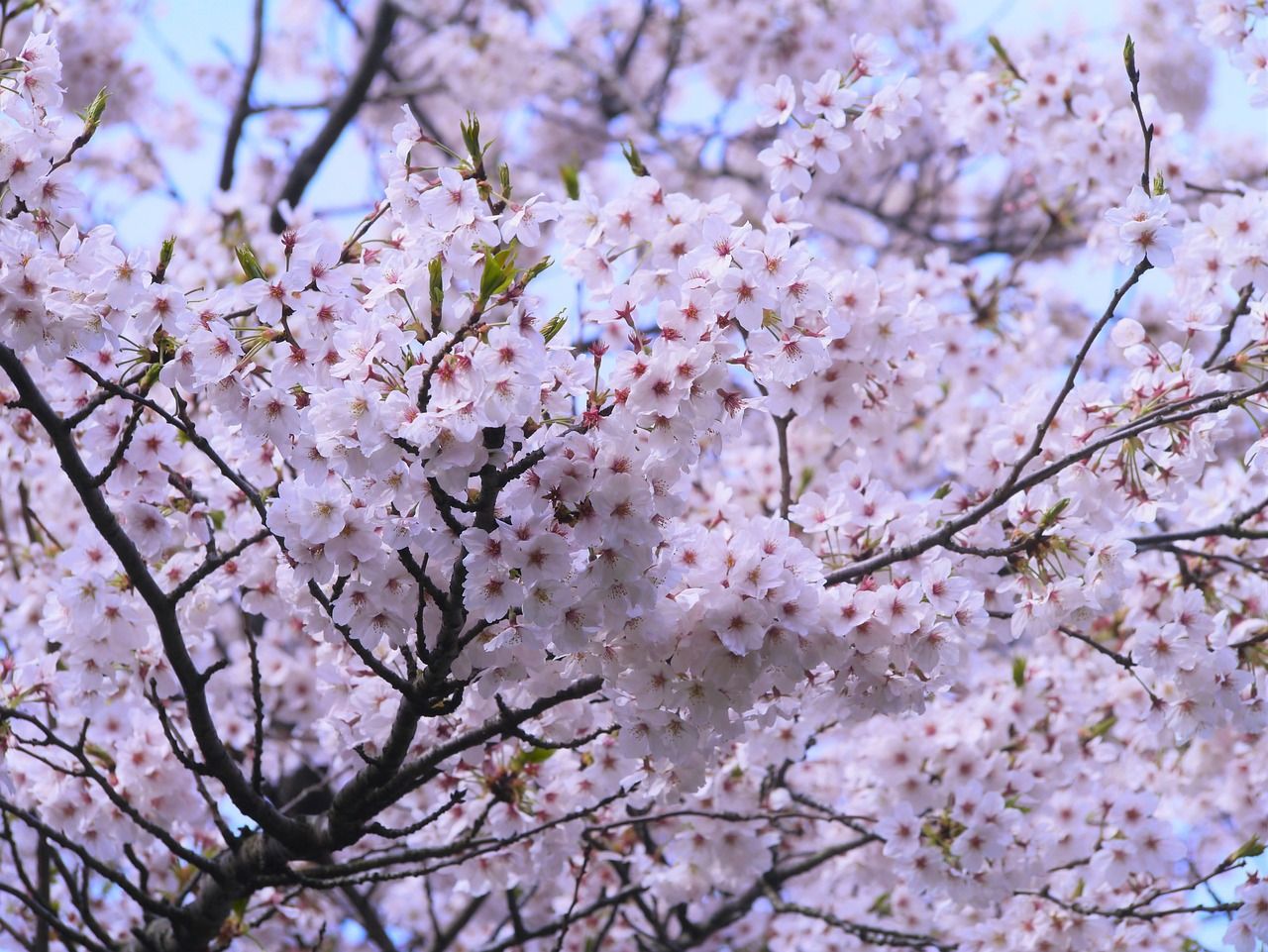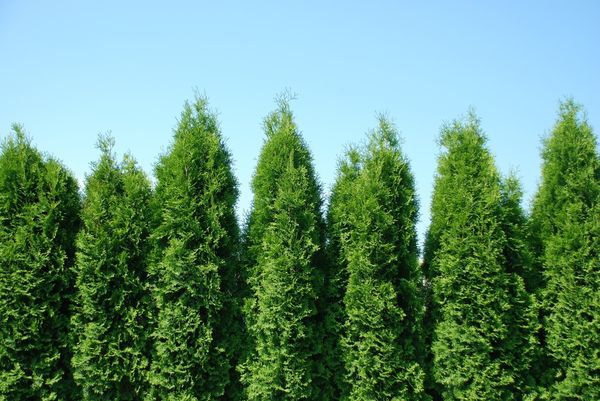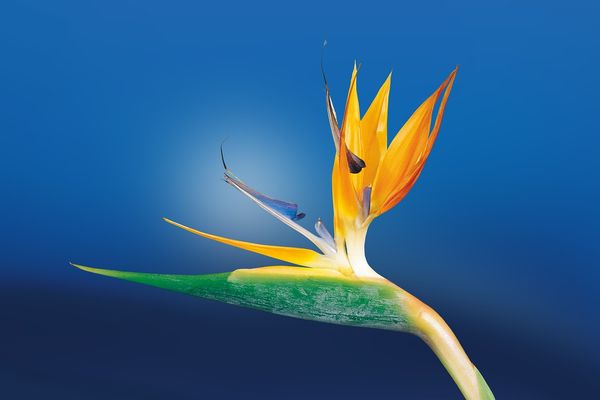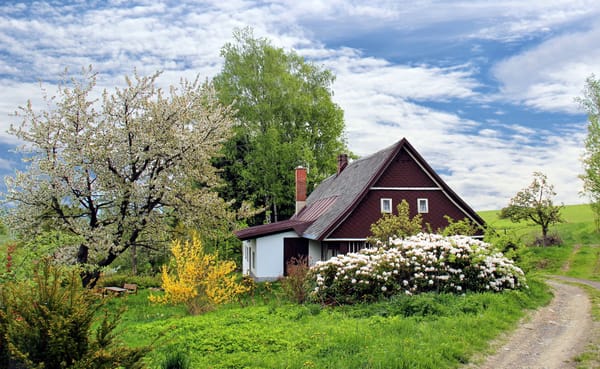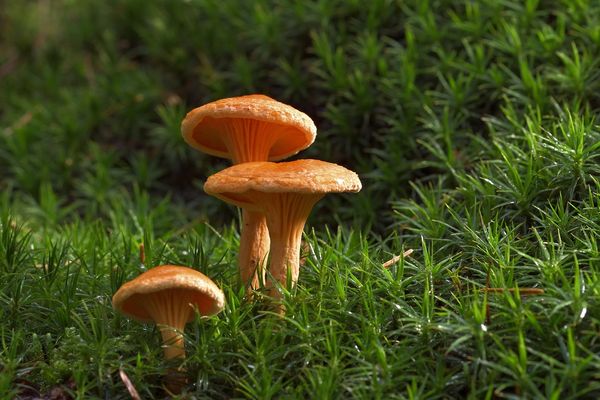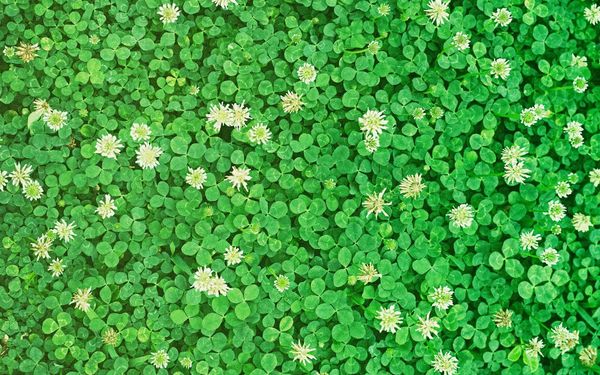The Yoshino Cherry Tree, known scientifically as Prunus × yedoensis, is a magnificent sight to behold, captivating enthusiasts and casual observers alike with its profound beauty. This unique tree, revered for its prolific springtime blossoms, is an exemplary emblem of nature's pageantry. In this article, we explore the enthralling aspects of the Yoshino Cherry Tree, providing a comprehensive guide for plant lovers and novices alike.
A tree of Japanese origin, the Yoshino Cherry, often referred to as the Japanese Cherry, is a hybrid species that marries the visual appeal of its parent trees, Prunus speciosa and Prunus subhirtella. Cultivated for its aesthetic value, the Yoshino Cherry has found its way to various parts of the globe, becoming a distinguished sight in international botanical gardens and parks.
Blooming Period of the Yoshino Cherry Tree
One of the most appealing features of the Yoshino Cherry Tree is its remarkable blooming period. Spring's arrival is marked by the emergence of these eye-catching flowers, typically beginning in late March or early April. The blooms create a dazzling spectacle, with clusters of delicate, five-petaled flowers covering the branches. These blossoms have a subtle almond-like fragrance and can range from pure white to a pale pink hue.
While the blooming period is relatively brief - usually lasting one to two weeks - it is a sight worth savoring. The ephemeral nature of these flowers has been celebrated for centuries in Japan, where hanami, or flower-viewing parties, are held under the blooming trees.
Planting and Caring for a Yoshino Cherry Tree
If you're considering adding a Yoshino Cherry Tree to your landscape, there are some key points to consider. These trees prefer well-drained soil and a location that receives full sun to part shade. Planting should ideally be done in the fall or early spring.
Yoshino Cherry Trees are generally low-maintenance, requiring minimal pruning. However, they should be monitored for common pests and diseases such as aphids, scales, and powdery mildew. With the right care, these trees can reach heights of 30 to 40 feet and equally expansive spreads.
Environmental Impact and Sustainability
Beyond their aesthetic allure, Yoshino Cherry Trees also have considerable environmental benefits. Their wide, spreading canopies provide shelter and food for various bird species, contributing to local biodiversity. As with all trees, they play a role in air purification, sequestering carbon and releasing oxygen.
Moreover, cultivating Yoshino Cherry Trees is sustainable, as they are remarkably resilient. These hardy trees can withstand diverse climates, ranging from USDA Hardiness Zones 5 through 8. They can tolerate urban pollution, making them excellent additions to city parks and urban landscapes.
The Yoshino Cherry Tree in Culture
Symbolizing the transient nature of life, the Yoshino Cherry Tree holds deep cultural significance in Japan. Its fleeting blooms are central to the concept of mono no aware, an appreciation of the beauty and sadness of fleeting things. This cultural value has spread globally with the trees themselves, creating a universal appreciation for the ephemeral beauty they represent.
The tree also stands as a symbol of friendship between nations. The most notable example is the gift of 3,000 Yoshino Cherry Trees from Japan to the United States in 1912. These trees now adorn the Tidal Basin in Washington, D.C., attracting millions of visitors each year during the National Cherry Blossom Festival.
Caring for Mature Yoshino Cherry Trees
Even when a Yoshino Cherry Tree has reached maturity, it still needs attention and care to maintain its health and vitality. Periodic checks for signs of disease or insect infestations are necessary. Common ailments include black knot, silver leaf disease, and crown rot. If you see any abnormalities, such as dark, swollen knots or a silvery sheen on leaves, consult a local arborist or extension service.
Watering your Yoshino Cherry Tree is essential, particularly during dry periods. These trees prefer moist soil conditions. However, it's crucial not to overwater, as this can lead to root rot. Mulching around the base of the tree can help retain moisture and control weeds, but keep the mulch a few inches away from the trunk to prevent rot and pest infestation.
Pruning is another aspect of maintaining a mature Yoshino Cherry Tree. While they do not need heavy pruning, removing dead, diseased, or crossing branches can help the tree stay healthy and attractive. The best time to prune is late winter or early spring before new growth starts but after the coldest weather has passed.
The Yoshino Cherry Tree: A Tree for Generations
One of the most captivating aspects of the Yoshino Cherry Tree is its longevity. These trees can live and continue to produce breathtaking blooms for generations, with some specimens in Japan reputedly several centuries old. Their enduring nature, combined with their stunning beauty, makes them a treasured legacy to pass from one generation to the next.
In the landscape, a Yoshino Cherry Tree can become a focal point, drawing the eye with its cloud of soft, ethereal blossoms in the spring and its lush, verdant foliage in the summer. Its autumn colors, too, can be quite striking, with leaves turning from green to yellow and orange, providing a different kind of spectacle as the seasons change.
While it's the spring blossom that tends to get all the attention, the Yoshino Cherry Tree is truly a tree for all seasons. It provides aesthetic appeal throughout the year, from the riot of blooms in the spring to the lush green foliage in summer and the color show in autumn. Even in winter, the silhouette of its spreading branches against a cold sky has a stark beauty of its own.
Conclusion
The Yoshino Cherry Tree, also known as the Japanese Flowering Cherry, stands out with its distinct oriental branching pattern and profusion of ethereal pink flowers. These remarkable ornamental cherry trees, along with their close relatives, the weeping cherry trees, provide a captivating display, painting landscapes with cascades of color and enhancing gardens with their dark green leaves. Their extraordinary beauty transcends geographical borders, fostering global unity through cherry blossom festivals celebrated in various corners of the world.
Adaptable to a variety of conditions, Yoshino Cherry Trees can flourish in partial shade, although they prefer locations with ample sunlight for the best bloom. Despite their susceptibility to leaf curl and other diseases, with proper care, these trees can grow robustly, offering an annual spectacle of blossoms that makes any challenges worth the effort.
In conclusion, the Yoshino Cherry Tree embodies the delicate balance between nature's fleeting moments and its enduring charm. As we stand beneath its canopy, awed by the delicate pink flowers, we are reminded of the world's shared appreciation for beauty. Whether it's in the heart of Japan, the parks of America, or any garden around the globe, the presence of these remarkable trees continues to inspire and enchant, leaving an indelible mark on the hearts of those lucky enough to experience their bloom.

